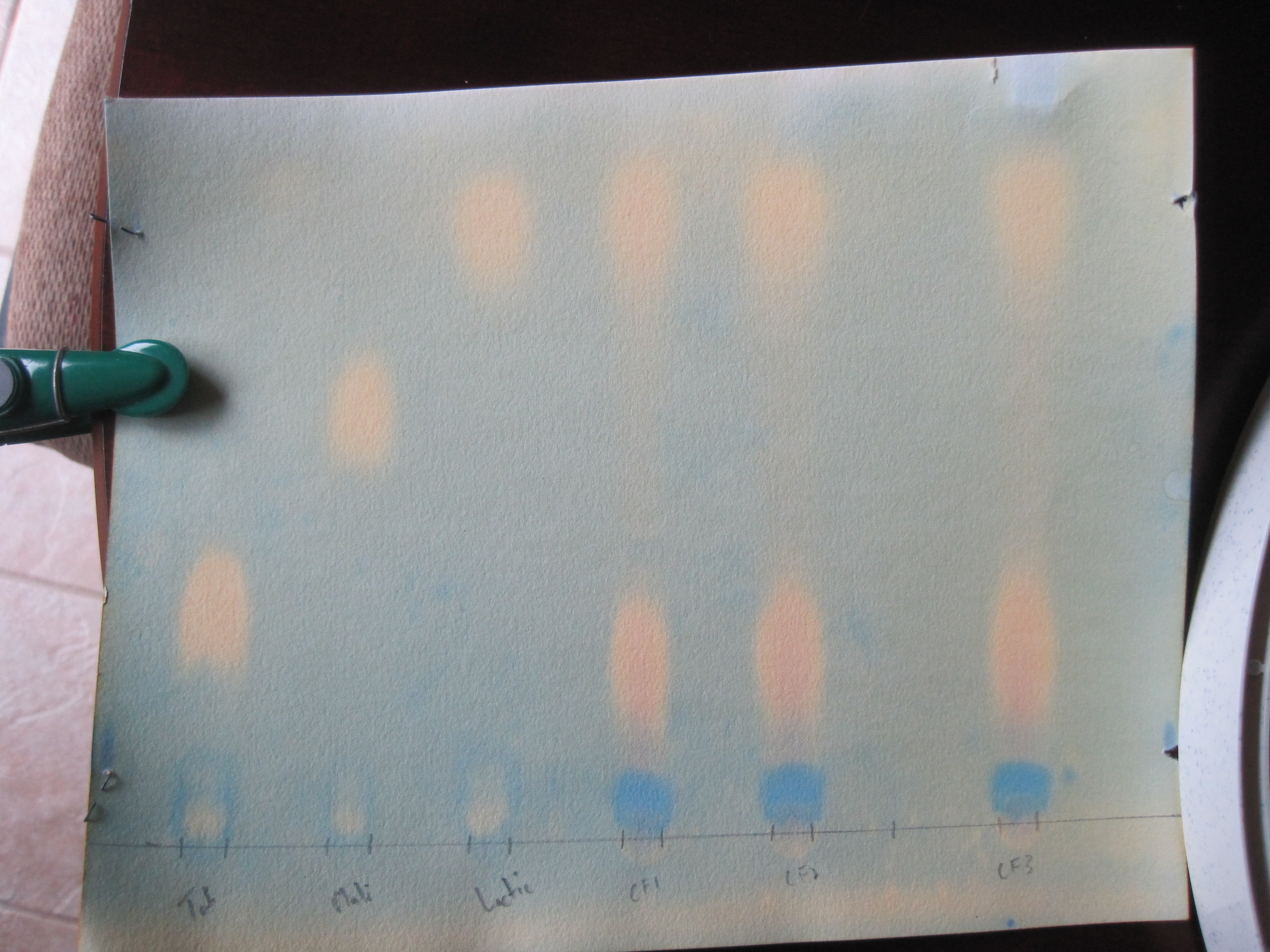2019 Harvest
- Details
-
Published: Saturday, 16 January 2021 10:58
-
Written by David DeCiero
The 2019 harvest was the beginning of a new chapter for me. After 8 harvests with the people in Rhode Island, they had made the decision to scale back their vineyard. So, I turned to M&M Winegrape down in Hartford, CT. They have a ton of different options and their place is right off the highway. Even though it is about 80 miles one way, it is all highway. They also open fairly early (7 am) so I can avoid some of the Hartford traffic. After looking through all of their offerings (and taking into account that I would be on vacation in September), I decided to get 7 cases (36 lbs apiece) of Washington State Cabernet Franc from Rattlesnake Hills AMA. Once I got the call, I drove down the next morning where everything was waiting for me on the dock, ready to go. I was in and out in 15 minutes. I was on my way home at 7:30 in the morning.
Once I got home, I had my destemmer/crusher all set up and put them all through the machine. This year, I was going to have to to do it by myself as no one was available to assist. That was OK as I've been planning for that for some time. It certainly took a little bit more time as I had to go up and down when I finished one case. Also, these grapes were more tightly bunched, so I had to run quite a few through multiple times. The bucket that I have at the end of the destemmer allows me to capture those and run them through again. After about 1.5 hours, I was all done. Then, I had to bring the fermentation bucket down into my basement to put it into my heating chamber. I strapped the bucket onto my hand truck and was able to move all 225 or so pounds (no more stems) into the basement.
I ended up with about 100 L of must, so I added 70 mL of 10% SO2 to get to approximately 40 ppm. I took my initial readings of 3.25 pH and 23.7 Brix. I was very happy with these numbers, which were much higher than the numbers from Rhode Island. Those tended to come in at 20 Brix. I put the must in the fermentation chamber and waited until the next morning so that it would warm up. The next morning it had warmed up to 55 degrees (F) and I added my enzymes. This was 2.5 g of EX-V and 20 g of Opti-Red. 12 hours later, I added 33g of FT Rouge (fermentation tannins). I then started the rehydration process for the BM 4x4 yeast. After a few additions to get the temperature to within 15 degrees, I poured the yeast starter into the must and let it run.


